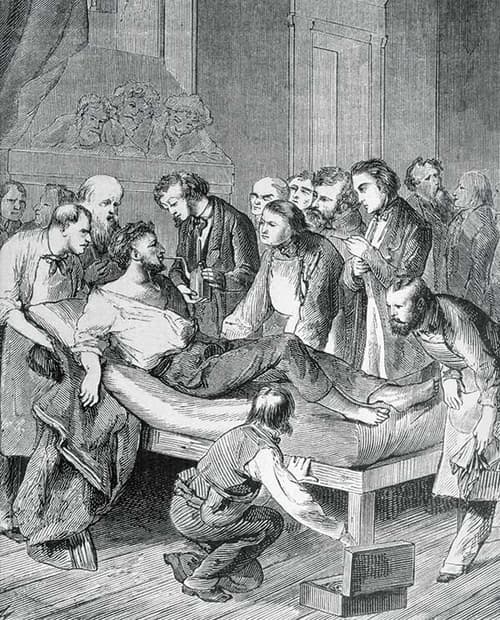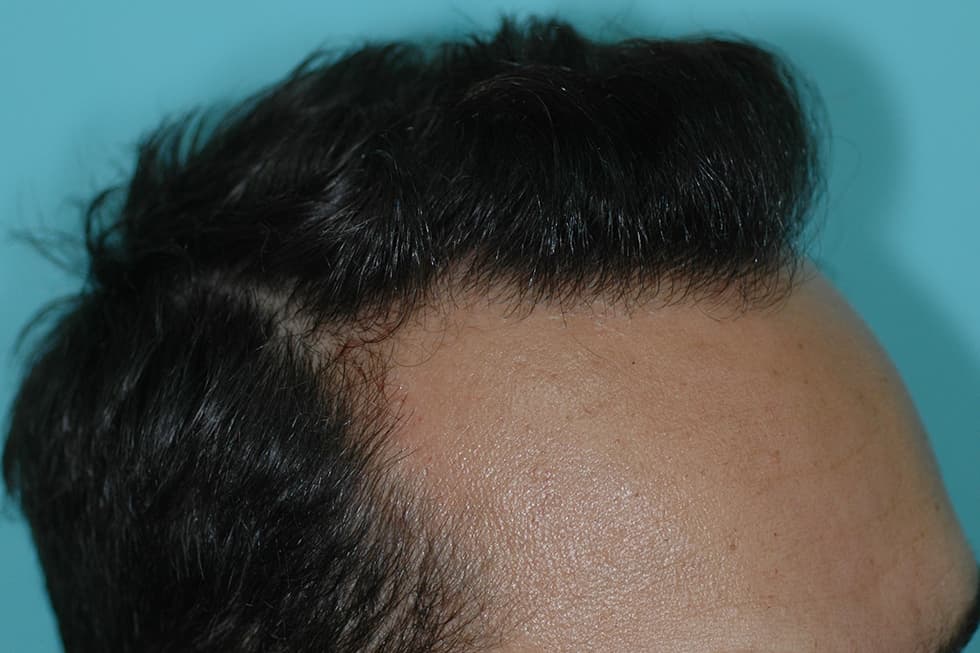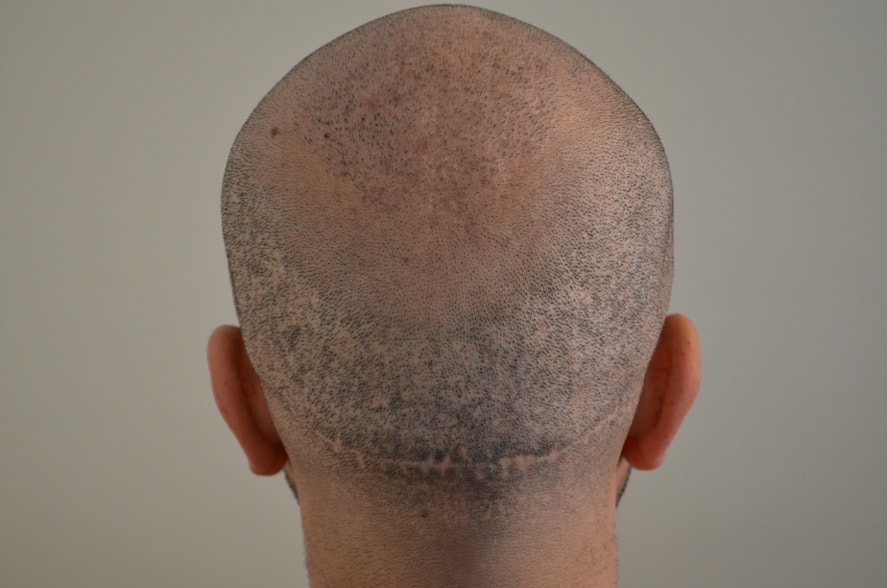First experiments on hair transplantation were made by an Ottoman dermatologist Menahem Hodara. He is known for his successful work involving the plantation of hair taken from unaffected areas of the scalp to the recipient area of his patient. His patient was diagnosed with a favus disease which is a contagious disease and deforms the scalp and causes hair loss.
Menahem Hodora received so many negative critics from the well-known dermatologists of Europe. Especially some German and French dermatologists said that the plantation of hair units by extracting their roots don’t give positive results, so his experiments were not seen as successful in the early times.
When Is The First Modern Hair Transplantation Surgery Done?
After Hodora’s death, some doctors approved his thoughts and accepted his works as the first samples of hair transplantation. When it’s the 1950s, Norman Orentreich, a young dermatologist in New York performed the first modern hair transplantation surgery.
Dr. Norman Orentreich successfully extracted the hair units from the donor area ( typically the back of the head ) and planted on the recipient area of the scalp. The year was 1948 and within 20 years, he had performed over 10.000 hair transplantation surgeries on men.
His works were mostly about male pattern baldness and he is considered the inventor of the modern treatments to fight against it. Almost all of the dermatologists of those times were benefited by the personal help of Dr. Norman Orentreich and these people led the invention of today’s most modern hair transplantation method, the FUE.
With the Oretreich Medical Group’s contributions to modern hair transplantation, FUE, short for Follicular Unit Extraction was invented in the 90s. There are a couple of different doctors who currently claim that they’re the main developers of this method so it’s still a matter of discussion.
Today, there are lots of modern methods related to hair transplantation. There have been even ongoing researches about hair cloning. But the best natural result-giving methods are still related to the procedure that involves the extraction of the hair follicles from the donor area of the scalp and the plantation of them on the recipient area.







